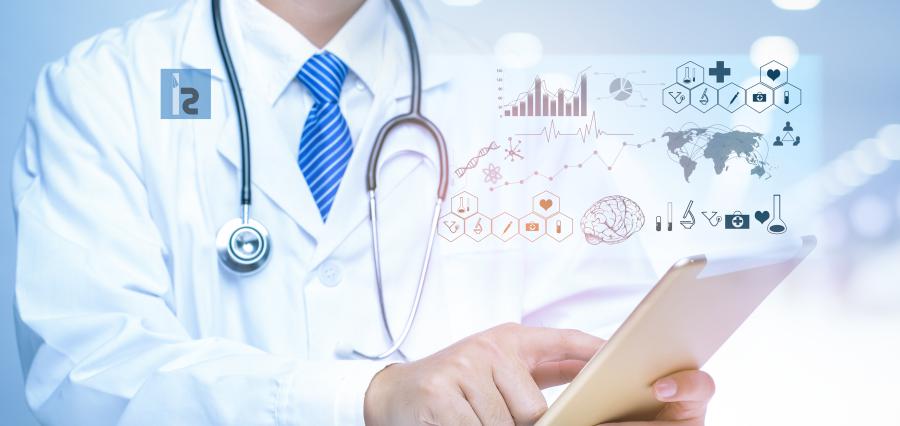Healthcare providers from hospitals to primary physicians have been methodically documenting the health and care for their patients using medical records, the Electronic Medical Records (EMR). Today’s modern technology has allowed for these advancements in managing medical records by electronic means.
Electronic health records are now stored and managed online. Thus medical practitioners can efficiently function as paperless offices, in turn helping to streamline their everyday processes and maximize work efficiency.
The entire healthcare industry has seen an effective transformation in recent years with laws like HIPAA and the Affordable Care Act in place. These laws have been established to protect electronic health records and encourage its implementation. The industry has thus begun to shift towards using electronic medical records as its primary method of managing patient health.
In order to make the transition from paper-based health management to electronic health records, healthcare providers make the use of specialized medical record scanning and storage services. The scanners and storage services are used to convert the records into electronic health records.
Medical Records: Moving from Paper based to Electronic Format
In the earlier days, the systematic documentation of patients’ health histories and care over time by healthcare providers was done by means of paper-based medical records. Today, advances in digital technologies and storage capabilities have led to the development of what are known as electronic health records systems (EHRs) in the healthcare industry.
Often used interchangeably with the similar term electronic medical record systems (EMR), electronic health records refer to medical practice’s methodical collection of patient health information stored in digital format.
With EHRs, healthcare providers are now able to more easily share and access their medical records through network-connected, enterprise-wide record management platforms.
Benefits of Electronic Health Records
Besides increased usability and practicality for providers who implement EHRs, these modern medical records provide numerous advantages for healthcare practices. The top benefits include cutting down the chances of data replication or inaccuracies since there is only a single medical record. Also, the advancement has eliminated the need to track down and locate past patient records prior to adding any new changes.
These advantages are specifically relevant for healthcare providers working on a large scale like hospitals, who handle the medical records of hundreds of patients each day. The healthcare providers including insurance companies, federal and state governments, and even large medical institutions are its major beneficiaries. These institutions have begun to heavily promote the adoption and implementation of electronic medical records since 2010.
The Latest Advances
EMR technology does not stop improving, and the latest EMR developers are exploring the mobile devices, finding ways for doctors and patients to communicate on these transportable devices. For instance, this has allowed hospital patients to take pictures of their symptoms, send text alerts, and check symptoms instantly. These early interventions have enabled doctors to decide whether the patients need to be examined further with a physical appointment or not. It also helps patients to receive a timely diagnosis and the treatment they need.
Moreover, Wearable Tech has also begun to be recognized as a path of communication between doctors and their patients, allowing live information to be taken and recorded from the devices. For instance, if wearable technology such as fitness trackers, which already have a variety of health benefits, were combined with EMRs, it could prove advantageous. Vital information such as heart rate, step count, and sleep levels could be instantly shown to a doctor, who could be alerted to any problems in its functioning.
Moreover, transferring EMRs to cloud-based platforms in the healthcare industry makes the information more secure. It has allowed doctors from other medical facilities to easily access the patients’ information whenever they need to. This has also cut hospital costs as they do not need to maintain their own software and digital systems.
EMRs are constantly evolving, and new uses are being found on a regular basis to connect patients and doctors. It ensures that their care is as integrated and error-free as possible. In the years to come from wearable tech to mobile-compatibility, EMRs will form a large part of the healthcare.
-Rajkunwar Bhosale


